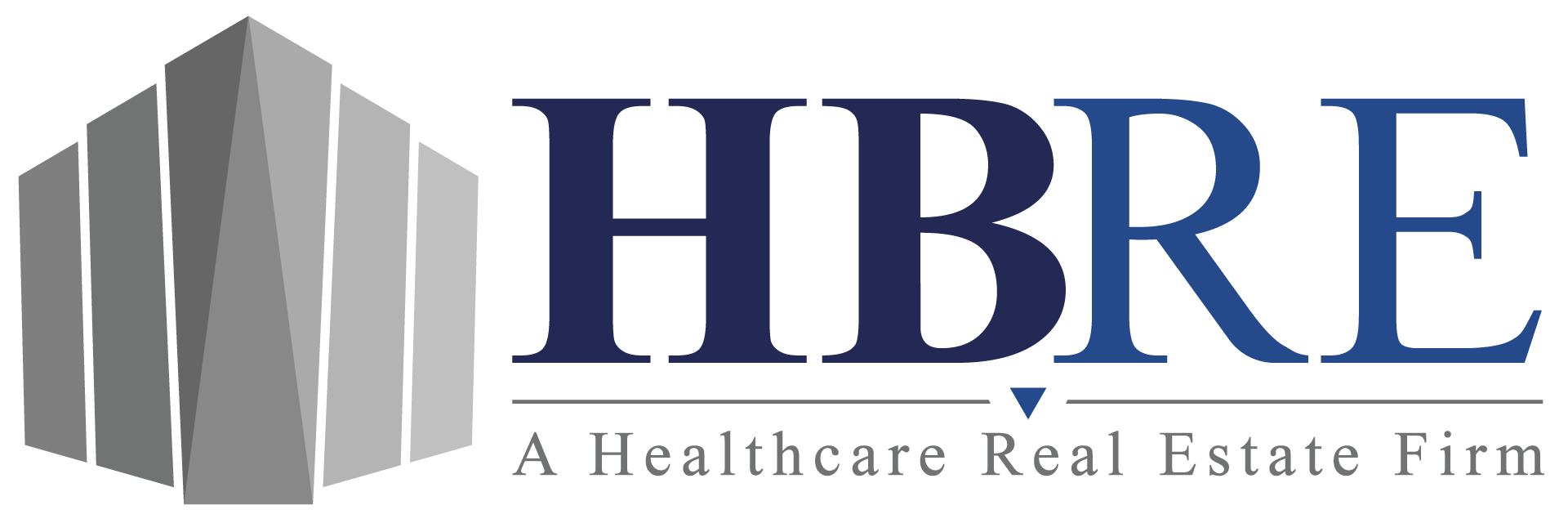In the ever-evolving landscape of healthcare real estate, a profound transformation is underway—one that aligns healthcare facilities with the imperative of sustainability. As the world grapples with environmental challenges, the healthcare sector is stepping forward to embrace eco-friendly building practices, energy-efficient technologies, and the pursuit of LEED (Leadership in Energy and Environmental Design) certification for healthcare facilities. In this article, we will delve into the realm of sustainable healthcare real estate, exploring the principles of eco-friendliness, the impact of energy-efficient technologies, and the manifold benefits of LEED certification. Through enlightening case studies, we will illustrate the positive outcomes of green healthcare buildings on patient health and the environment.
The Imperative of Sustainability
Sustainability is not a mere buzzword; it is a global imperative. Healthcare facilities, while dedicated to patient care, have recognized their role in reducing environmental impact. Sustainable healthcare real estate seeks to balance the need for cutting-edge medical services with the responsibility to protect and preserve our natural resources.
Eco-Friendly Building Practices
Eco-friendly building practices are the cornerstone of sustainable healthcare real estate. These practices encompass a range of strategies, from sustainable site selection to responsible material choices and efficient resource management. Here are some key elements:
- Site Selection: Sustainable healthcare real estate begins with choosing locations that minimize environmental disruption, promote public transportation access, and reduce the need for long commutes.
- Energy Efficiency: High-performance building envelopes, advanced HVAC systems, and energy-efficient lighting are integral components. These technologies not only reduce energy consumption but also lower operational costs.
- Water Conservation: Sustainable healthcare facilities incorporate water-saving fixtures, efficient irrigation systems, and strategies for rainwater harvesting to reduce water consumption.
- Material Selection: Environmentally friendly materials, such as recycled and rapidly renewable resources, are favored. Additionally, construction waste is minimized through recycling and responsible disposal.
- Indoor Air Quality: Emphasis is placed on indoor air quality through proper ventilation systems and the use of low-emission materials, contributing to a healthier indoor environment for patients and staff.
The Role of Energy-Efficient Technologies
Energy-efficient technologies are at the forefront of sustainable healthcare real estate. They not only reduce carbon emissions but also enhance the operational efficiency of healthcare facilities. Here are some noteworthy technologies:
- Solar Power: The integration of solar panels enables healthcare facilities to harness renewable energy from the sun, reducing reliance on fossil fuels and lowering electricity bills.
- Smart Building Systems: Advanced building management systems optimize energy use by monitoring and controlling HVAC, lighting, and other systems in real-time.
- Energy-Efficient Lighting: LED lighting not only reduces energy consumption but also enhances the quality of lighting in healthcare facilities, improving visibility and comfort.
- Green Infrastructure: Healthcare facilities are incorporating green roofs, living walls, and permeable pavement to manage stormwater, reduce urban heat islands, and promote biodiversity.
The LEED Certification Advantage
LEED certification, administered by the U.S. Green Building Council (USGBC), is a globally recognized symbol of sustainability excellence. It provides a framework for healthcare facilities to achieve higher levels of environmental performance. LEED-certified healthcare buildings excel in areas like energy and water efficiency, indoor environmental quality, and sustainable materials.
A Grass Roof at 2100 Church Street
One shining example of one of our client’s commitment to sustainability in healthcare real estate is 2100 Church Street in Nashville. This remarkable facility boasts a grass roof, a testament to our client’s dedication to environmentally responsible building practices. Moreover, our client is in the process of pursuing LEED certification for this property, affirming their commitment to creating healthcare spaces that prioritize both environmental sustainability and patient well-being.
Positive Impact on Patient Health
The benefits of sustainable healthcare real estate extend beyond environmental advantages; they have a direct and positive impact on patient health. Studies have shown that green healthcare facilities promote faster patient recovery, reduce stress, and enhance overall well-being. Patients in sustainable healthcare settings often experience improved indoor air quality, natural light, and access to green spaces—all of which contribute to a healing environment.
Case Studies: Leading the Way
Let’s explore two notable case studies of green healthcare facilities:
- Kaiser Permanente San Diego Medical Center: This LEED Platinum-certified facility incorporates energy-efficient design, a rooftop solar array, and extensive green spaces. It has reduced energy consumption by 30% compared to similar-sized facilities, demonstrating the potential for sustainable healthcare real estate to make a substantial environmental impact.
- Children’s Hospital of Pittsburgh of UPMC: This LEED Gold-certified pediatric facility features a green roof, rain gardens, and advanced lighting controls. It has not only reduced water usage by 40% but also created an environment that aids in the healing process for young patients.
Conclusion: A Greener Future for Healthcare Real Estate
Sustainable healthcare real estate is not just a trend; it is a commitment to a greener, healthier future. Eco-friendly building practices, energy-efficient technologies, and LEED certification are powerful tools that healthcare facilities can wield to reduce their environmental footprint while simultaneously enhancing patient well-being. The positive outcomes are clear: reduced energy costs, improved patient experiences, and a profound contribution to the global sustainability effort.
At HBRE, we understand the pivotal role of sustainability in healthcare real estate. Our expertise in green building practices, energy-efficient technologies, and LEED certification uniquely positions us to guide our clients in creating healthcare facilities that exemplify environmental responsibility and patient-centric care. As you embark on your journey toward sustainable healthcare real estate, know that we are here to help you shape a greener, healthier, and more sustainable future.
Contact us today at [email protected] to explore how our expertise can assist you in creating eco-friendly and sustainable healthcare real estate solutions that align seamlessly with your vision and values.




